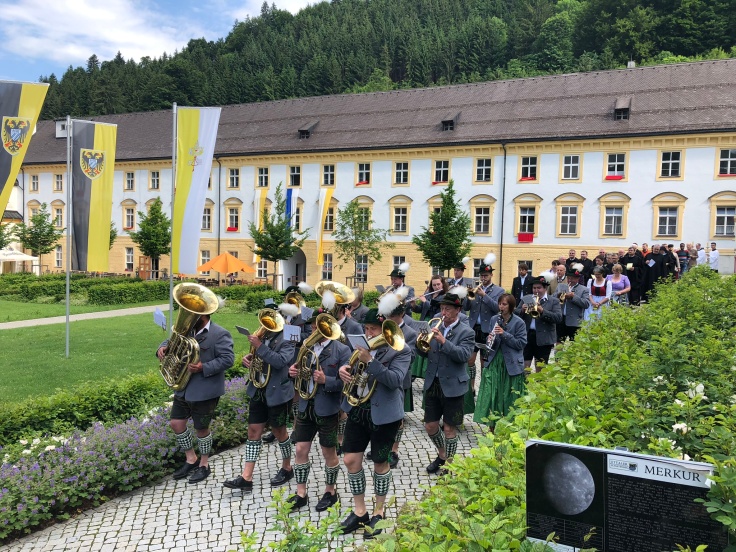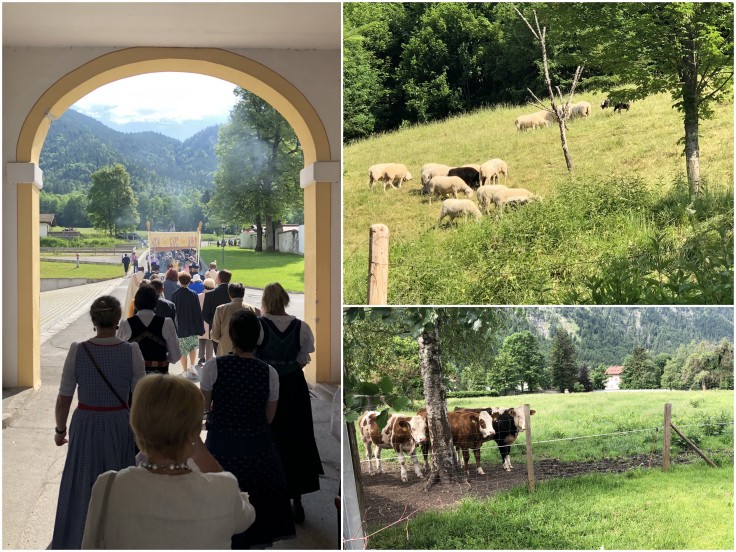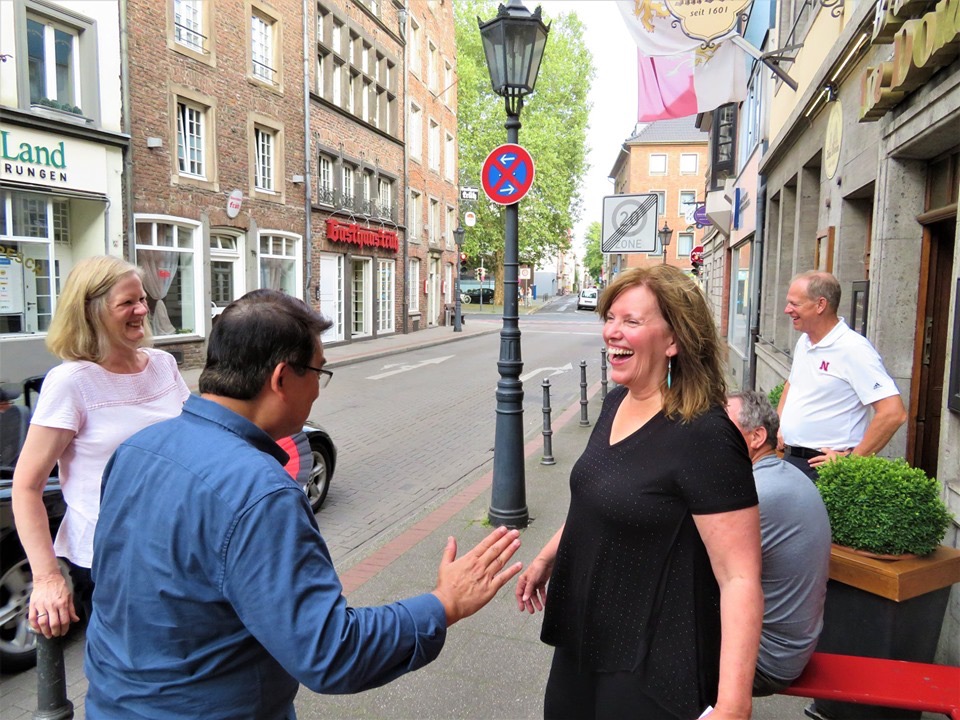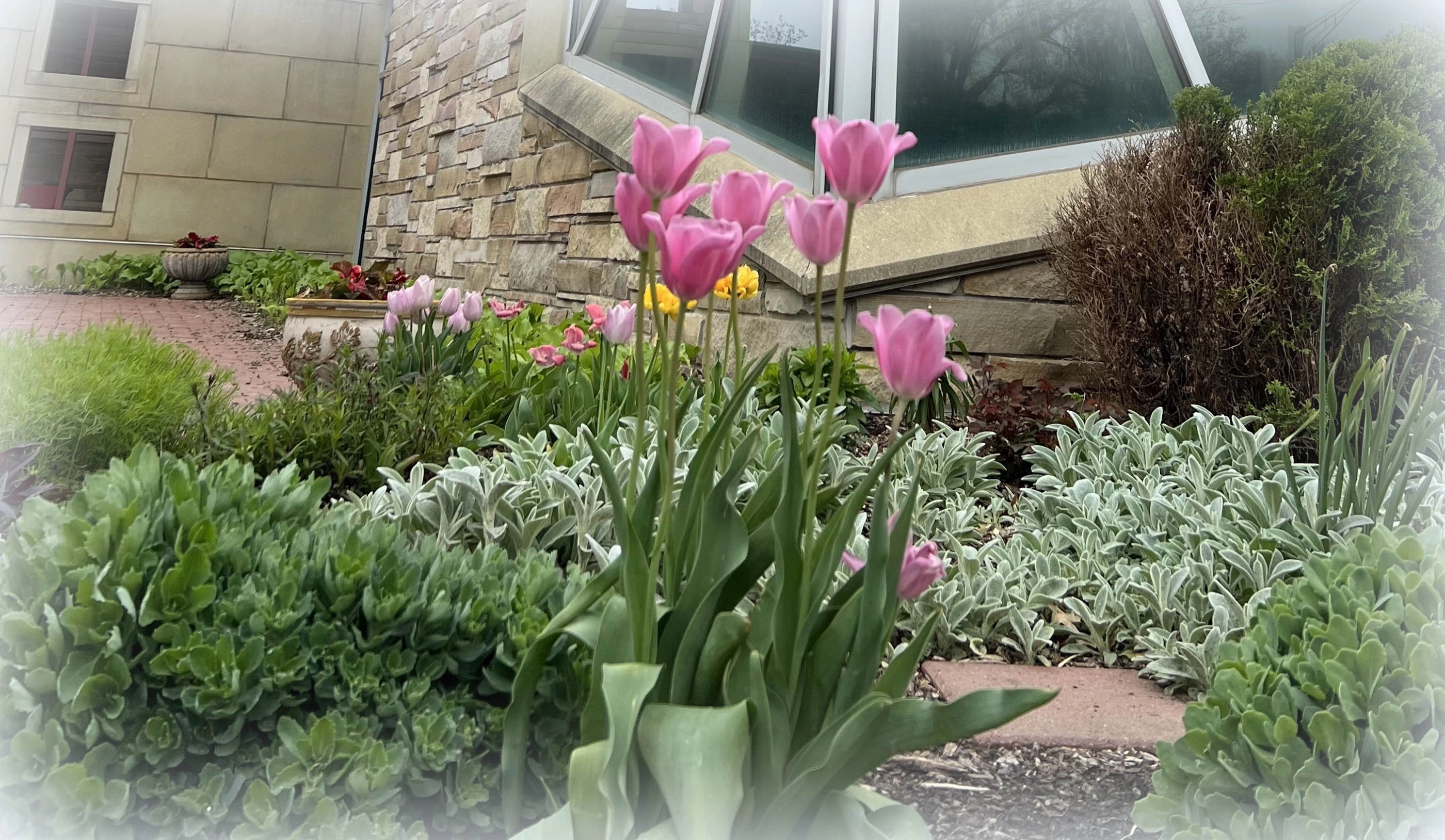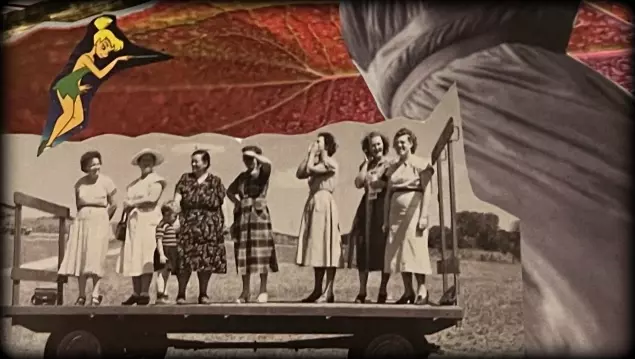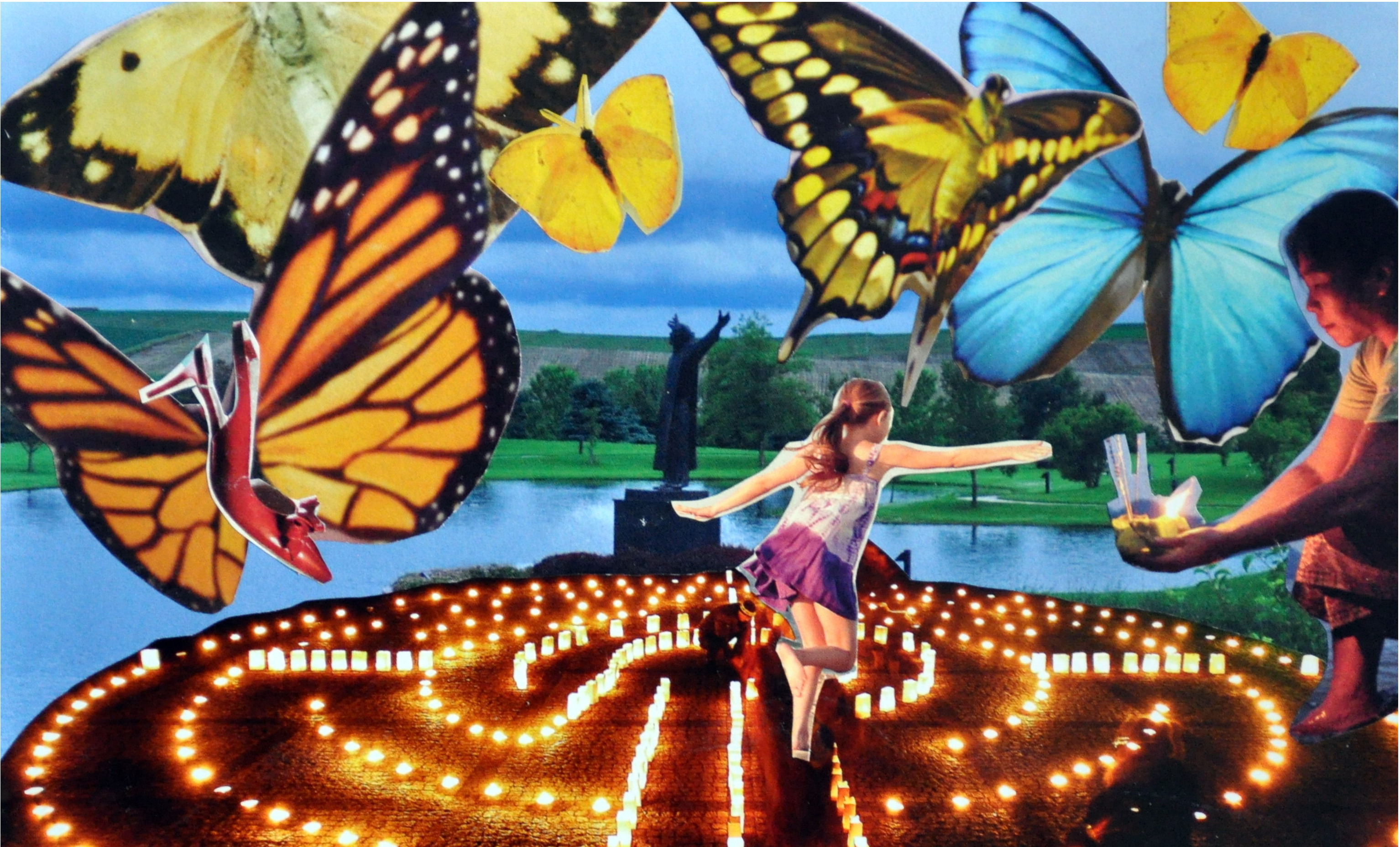Jodi Blazek ❤️ Joseph Gehr, August 17, 1985
A marriage is made of moments. When you string them all together, you get a picture of a life built together. A marriage isn’t made, once and for all, when the I-dos are exchanged. A marriage is constantly being recreated; it is always in the process of becoming.
A marriage goes through seasons: the spring of new life and hope, the summer of comfort and security, the autumn of changes and letting go, the winter of sadness and despair. A marriage will not survive without adapting to, enduring and celebrating the change of seasons. A marriage embraces all seasons.
I believe more each day that it is only in the stability of marriage, enduring the weather of every season, that one can reap the true benefits of a life lived together. Advice to young couples: Stick with it. Don’t give up. I promise, with effort, love, respect, and forgiveness, your marriage will endure and you will be so happy it did!
A marriage is made of moments.
 Marriage includes the necessary and mundane—doing laundry, taking out the trash, paying bills, fixing, washing, mowing, checking things off the list of things to do, arguing about checking things off, thanking each other for checking things off. Continue reading “The Vow of Stability: A Marriage Made of Moments”
Marriage includes the necessary and mundane—doing laundry, taking out the trash, paying bills, fixing, washing, mowing, checking things off the list of things to do, arguing about checking things off, thanking each other for checking things off. Continue reading “The Vow of Stability: A Marriage Made of Moments”




